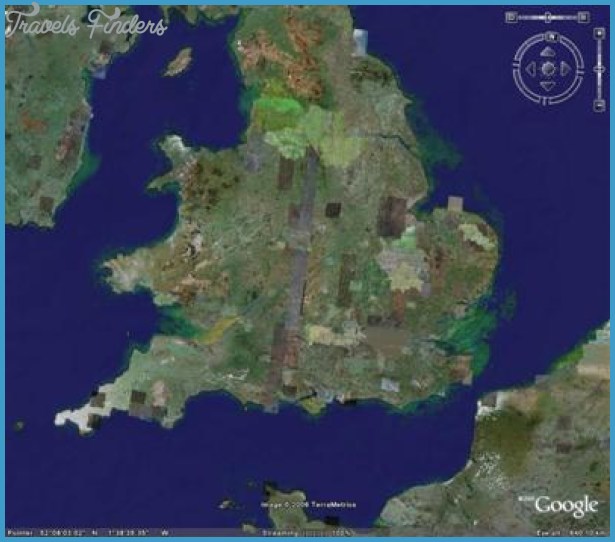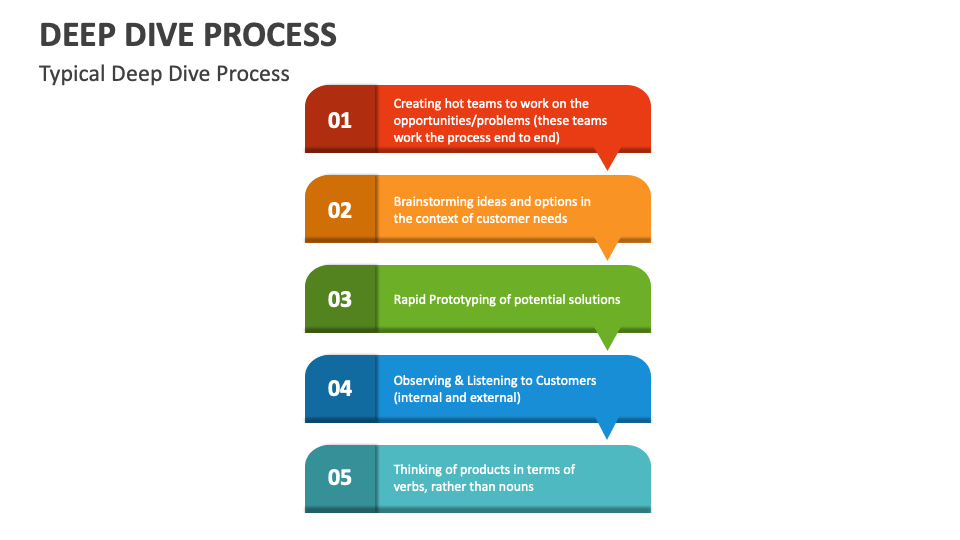Navigating the Streets Above: A Deep Dive into Google Earth’s Avenue Map Performance
Associated Articles: Navigating the Streets Above: A Deep Dive into Google Earth’s Avenue Map Performance
Introduction
With nice pleasure, we’ll discover the intriguing matter associated to Navigating the Streets Above: A Deep Dive into Google Earth’s Avenue Map Performance. Let’s weave fascinating data and supply recent views to the readers.
Desk of Content material
Navigating the Streets Above: A Deep Dive into Google Earth’s Avenue Map Performance
Google Earth, initially conceived as a 3D globe visualization software, has developed into a strong platform providing a wealth of geographical knowledge. Central to its utility is its built-in road map performance, permitting customers to discover the world’s roadways from a hen’s-eye view, navigate acquainted streets, and uncover hidden corners of unfamiliar locations. This text explores the intricacies of Google Earth’s road map, delving into its options, capabilities, and limitations, highlighting its significance for each informal customers {and professional} functions.
Past the Satellite tv for pc Picture: The Energy of Avenue View Integration
Whereas Google Earth’s satellite tv for pc imagery gives a broad overview of the panorama, its road map, seamlessly built-in with Google Avenue View, affords a ground-level perspective. This twin performance is a key power, offering customers with a flexible software for each planning and exploration. The road map itself shows roads, highways, streets, and even trails, typically with labels indicating road names and vital landmarks. This data is essential for route planning, figuring out factors of curiosity, and understanding the general structure of a specific space.
The combination with Avenue View is the place the expertise really comes alive. By clicking on a road inside the map, customers can typically entry panoramic, street-level imagery. This enables for digital "strolling" down streets, exploring neighborhoods, and getting a sensible sense of a location’s ambiance. This function is especially helpful for:
- Digital Tourism: Discover iconic landmarks and charming neighborhoods from the consolation of your private home. Think about nearly strolling down the Champs-Élysées in Paris or strolling by way of the bustling streets of Tokyo with out leaving your chair.
- Actual Property Exploration: Earlier than visiting a property, potential consumers can get a really feel for the encircling neighborhood, observing visitors patterns, close by facilities, and the general character of the world.
- Enterprise Planning: Entrepreneurs can scout places for brand spanking new companies, assessing foot visitors, accessibility, and proximity to rivals.
- Journey Planning: Customers can visually plan routes, establish potential transportation challenges, and familiarize themselves with the structure of a vacation spot earlier than arriving.
Knowledge Sources and Accuracy: The Basis of a Dependable Map
The accuracy and element of Google Earth’s road map are depending on a number of components, primarily the standard and frequency of information updates from varied sources. Google makes use of a mixture of:
- Satellite tv for pc Imagery: Excessive-resolution satellite tv for pc photographs kind the bottom layer, offering a contextual framework for the street community.
- Avenue View Imagery: The huge Google Avenue View database contributes ground-level imagery, offering detailed views of streets and buildings.
- GPS Knowledge: GPS knowledge from varied sources, together with consumer contributions and mapping autos, contribute to the accuracy of street positioning and particulars.
- Person Contributions: Google encourages consumer contributions by way of instruments like Google Maps, permitting for corrections, additions, and updates to the map knowledge. This crowdsourced strategy helps maintain the map present and correct, particularly in quickly altering city environments.
Regardless of these efforts, it is vital to acknowledge that the map’s accuracy is just not good and might differ geographically. Distant areas or these with much less frequent updates might need much less detailed or outdated data. Moreover, quickly altering city landscapes, new constructions, or street closures might not be instantly mirrored on the map. Customers ought to all the time train warning and cross-reference data with different sources, particularly for vital navigation functions.
Superior Options and Performance: Past Primary Navigation
Google Earth’s road map affords a spread of superior options that improve its usability and performance:
- Measurement Instruments: Customers can measure distances, areas, and perimeters immediately on the map, helpful for planning initiatives, assessing property sizes, or calculating journey distances.
- Layer Management: The power to customise the map by including or eradicating layers, resembling terrain, imagery, or labels, permits customers to tailor the view to their particular wants.
- Search Performance: A strong search bar permits customers to rapidly find particular addresses, factors of curiosity, or companies, making navigation environment friendly and intuitive.
- 3D Constructing Fashions: In lots of city areas, Google Earth shows 3D fashions of buildings, enhancing the realism and offering a richer visible expertise.
- Historic Imagery: In some areas, Google Earth affords entry to historic satellite tv for pc imagery, permitting customers to look at modifications within the panorama over time. This function is especially priceless for city planning, historic analysis, and environmental research.
Limitations and Issues: Understanding the Boundaries
Whereas Google Earth’s road map is a strong software, it is important to acknowledge its limitations:
- Knowledge Updates: The frequency of information updates varies geographically, that means some areas might need outdated data.
- Accuracy Points: Regardless of efforts to take care of accuracy, errors can happen, particularly in quickly altering environments.
- Privateness Considerations: Using Avenue View imagery raises privateness issues, because it captures photographs of public areas, doubtlessly together with people. Google implements blurring and different methods to guard privateness, however issues stay.
- Accessibility: Entry to high-resolution imagery and Avenue View protection is just not uniform globally. Some areas might have restricted or no protection.
- Offline Utilization: Whereas Google Earth affords offline performance for downloaded areas, the extent of road map knowledge out there offline is restricted in comparison with on-line entry.
Conclusion: A Versatile Instrument with Broad Purposes
Google Earth’s road map performance represents a major development in geographical knowledge visualization and accessibility. Its integration with Avenue View, superior options, and steady updates make it a strong software for a variety of customers, from informal explorers to professionals in fields like city planning, actual property, and transportation. Whereas limitations exist, understanding these constraints permits customers to leverage the platform successfully and interpret the data responsibly. As Google continues to refine its knowledge acquisition and processing methods, we are able to anticipate even better accuracy, element, and performance in future iterations of Google Earth’s road map, solidifying its place as an indispensable software for exploring and understanding the world round us.







Closure
Thus, we hope this text has supplied priceless insights into Navigating the Streets Above: A Deep Dive into Google Earth’s Avenue Map Performance. We hope you discover this text informative and useful. See you in our subsequent article!